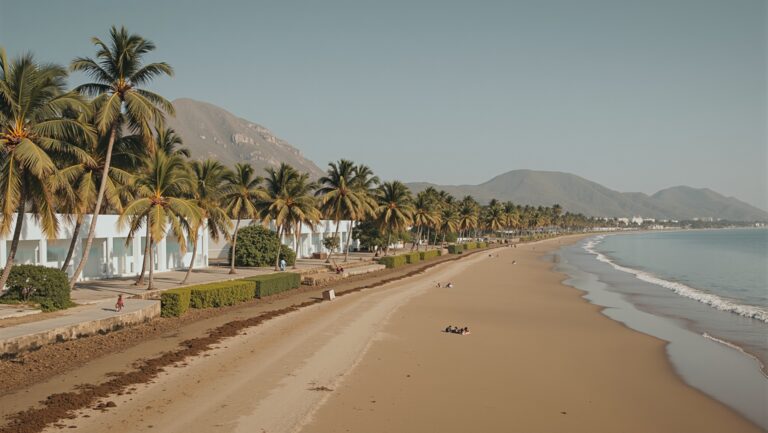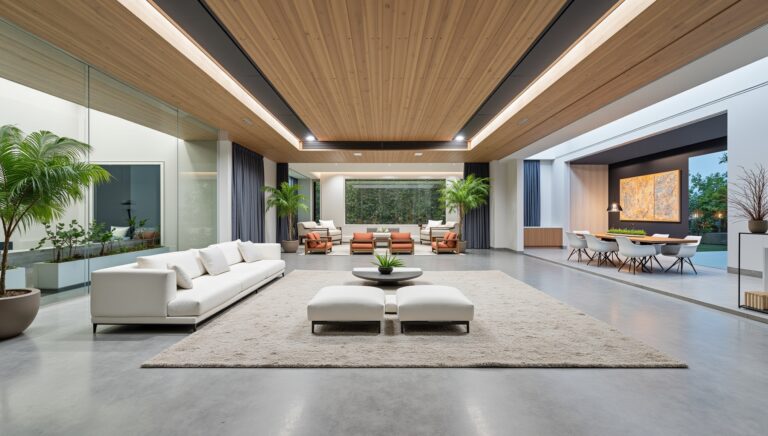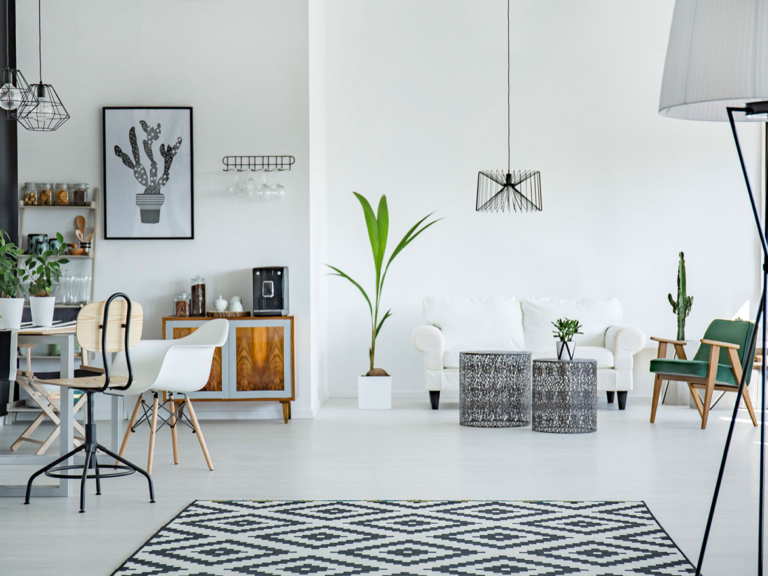Mixed-use development is rapidly becoming a cornerstone of modern urban planning, blending residential, commercial, and recreational spaces into cohesive communities.
This innovative approach to development aims to create vibrant, sustainable environments that promote social interaction, reduce dependency on automobiles, and enhance overall quality of life for residents.
In this article, we will explore the essential characteristics of mixed-use developments, their myriad benefits for communities, the economic impacts they generate, the challenges faced in their implementation, and the future trends shaping this dynamic field.
Whether you are a city planner, developer, or a prospective homeowner looking to understand the advantages of mixed-use living, this comprehensive guide will illuminate the transformative potential of mixed-use development.


Challenges and Considerations in Implementation
Mixed-use development has gained significant traction in urban planning; however, its implementation presents several challenges and considerations that must be carefully managed for success.
One primary challenge is balancing the diverse needs of residents, retailers, and office space users within a single development.
Developers must ensure that each component complements the others, enhancing the overall community environment while providing necessary amenities.
Additionally, zoning regulations can complicate mixed-use projects, as navigating the legal landscape often requires careful negotiation with local governments to secure the necessary permits.
Infrastructure is another key consideration, as adequate transportation and accessibility options must be integrated to connect residential, commercial, and recreational areas effectively.
Furthermore, financial viability poses a challenge; developers need to ensure that the mixed-use space is economically sustainable, often requiring innovative financing solutions and partnerships.
Lastly, engaging the community throughout the planning process is critical to address potential concerns and foster support for the project, ensuring that the mixed-use development meets the long-term needs of all stakeholders.
Future Trends in Mixed-Use Development
As urbanization continues to shape communities worldwide, mixed-use development is emerging as a pivotal trend in real estate.
This innovative construction model integrates residential, commercial, and recreational spaces into cohesive environments that promote sustainable living.
Future trends in mixed-use development will likely emphasize walkability, with planners designing neighborhoods that reduce dependence on cars, enhancing pedestrian experiences, and fostering community interactions.
Technology is also set to play a significant role; smart infrastructure will enhance energy efficiency and connectivity within these developments.
Furthermore, a growing focus on environmental sustainability will lead to advancements in green building practices, making mixed-use developments not just attractive places to live and work, but also responsible contributors to ecological stewardship.
As these trends continue to evolve, real estate investors and developers alike must adapt to meet consumer demands for a more holistic and integrated living experience.
Frequently Asked Questions
What is mixed-use development?
Mixed-use development refers to a type of urban development that combines residential, commercial, and sometimes industrial spaces within a single area or building, allowing for a diverse and integrated living environment.
What are the key characteristics of mixed-use developments?
Key characteristics of mixed-use developments include a blend of different uses (like housing, retail, and offices), walkability, connectivity to public transportation, and design that encourages community interaction.
What benefits do mixed-use developments provide for communities?
Mixed-use developments promote a vibrant community by providing essential services and amenities within close proximity, reducing reliance on cars, enhancing local economies, and fostering social connections among residents.
How do mixed-use developments impact the economy?
Mixed-use developments can drive economic growth by attracting new businesses, creating jobs, increasing property values, and encouraging tourism, which, in turn, boosts local tax revenues.
What challenges may arise when implementing mixed-use developments?
Challenges in implementing mixed-use developments can include zoning regulations, community resistance, financing difficulties, and the need for careful planning to ensure that the various components work well together.





